SAN FRANCISCO — We read a lot about the planet’s biodiversity shrinking, but last year 146 new species of animal and plant were discovered. The new species include fish, rays, lizards, spiders, scorpions and plants.
In total, researchers at the California Academy of Sciences added 44 lizards, 30 ants, 14 sea slugs, 14 flowering plants, 13 sea stars, seven fishes, four beetles, four sharks, three moths, three worms, two scorpions, two spiders, two lichens, one toad, one clam, one aphid, and one sea biscuit to the tree of life.
“New species research is critical for understanding the diversity of life on Earth and identifying ecosystems most in need of protection,” says Dr. Shannon Bennett, a virologist and the academy’s Chief of Science, in a statement. “As we’ve seen at the United Nations Biodiversity Conference (COP15), biodiversity science is at the forefront of global conservation action and is key in unifying nations and equipping them with the tools and information necessary to reverse species extinction rates by 2030. By uncovering and documenting new species, we can contribute to this landmark goal and ensure that our natural world remains rich and diverse for generations to come.”
Scientists made their finds across six continents and three oceans, from isolated mountain peaks to hundreds of feet beneath the ocean’s surface.
Closer look: New species found in 2022
New Caledonia in the Pacific is now the home of 28 new species of Bavayia gecko, more than doubling the known number. “Though all species within the genus physically look quite similar, we discovered they are in fact genetically distinct,” says research associate Dr. Aaron Bauer. “Nearly every mountain in New Caledonia hosts a unique Bavayia species.”
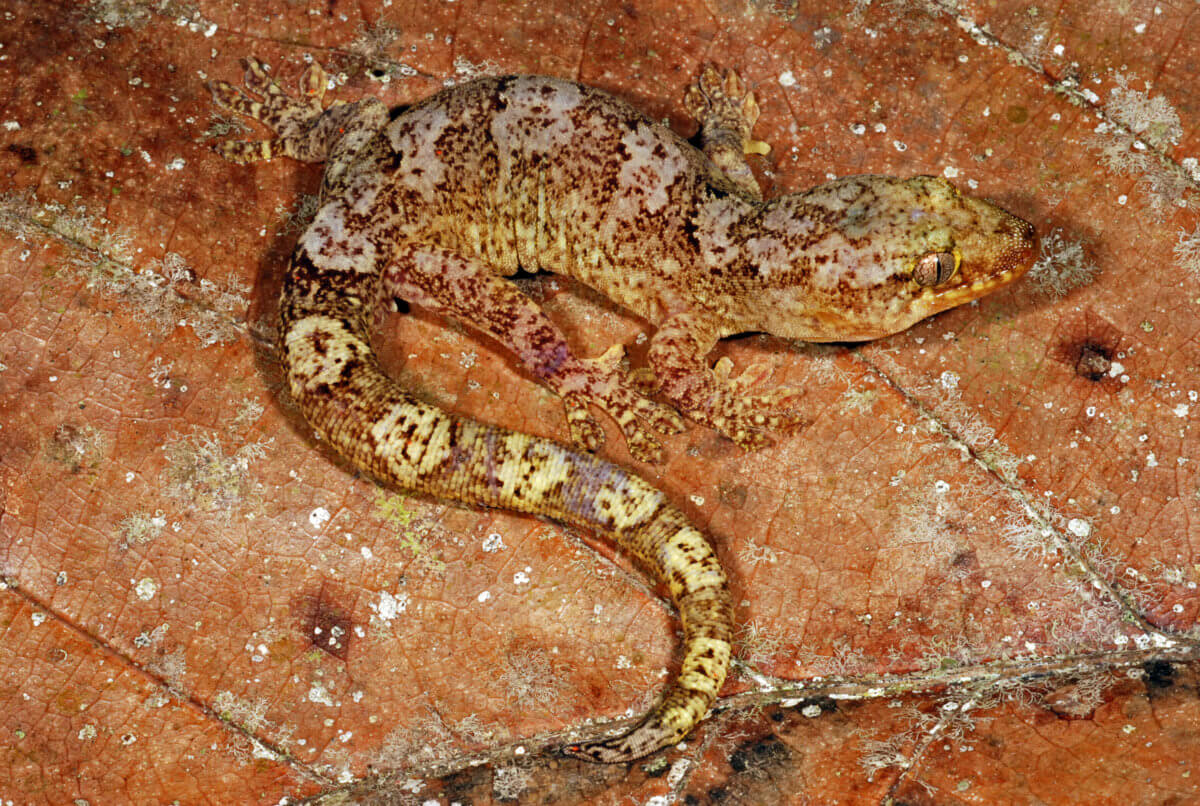
One plant, the Minnesota Mountain onion, was discovered during a helicopter trip through California’s Klamath Mountains. “The pilot decided to put us down on Minnesota Mountain for a half hour or so. It was really in the middle of nowhere,” says research associate Julie Kierstead.
As she walked around the loose rocks she noticed an unfamiliar species of allium, the group of flowering plants including onions, garlic, and shallot, in bloom. After searching the mountain range further another small patch was found on the summit of nearby Salt Creek Mountain.
“As far as we know, the Minnesota Mountain onion can only be found on these two neighboring peaks. It clearly favors this specific habitat,” she adds.
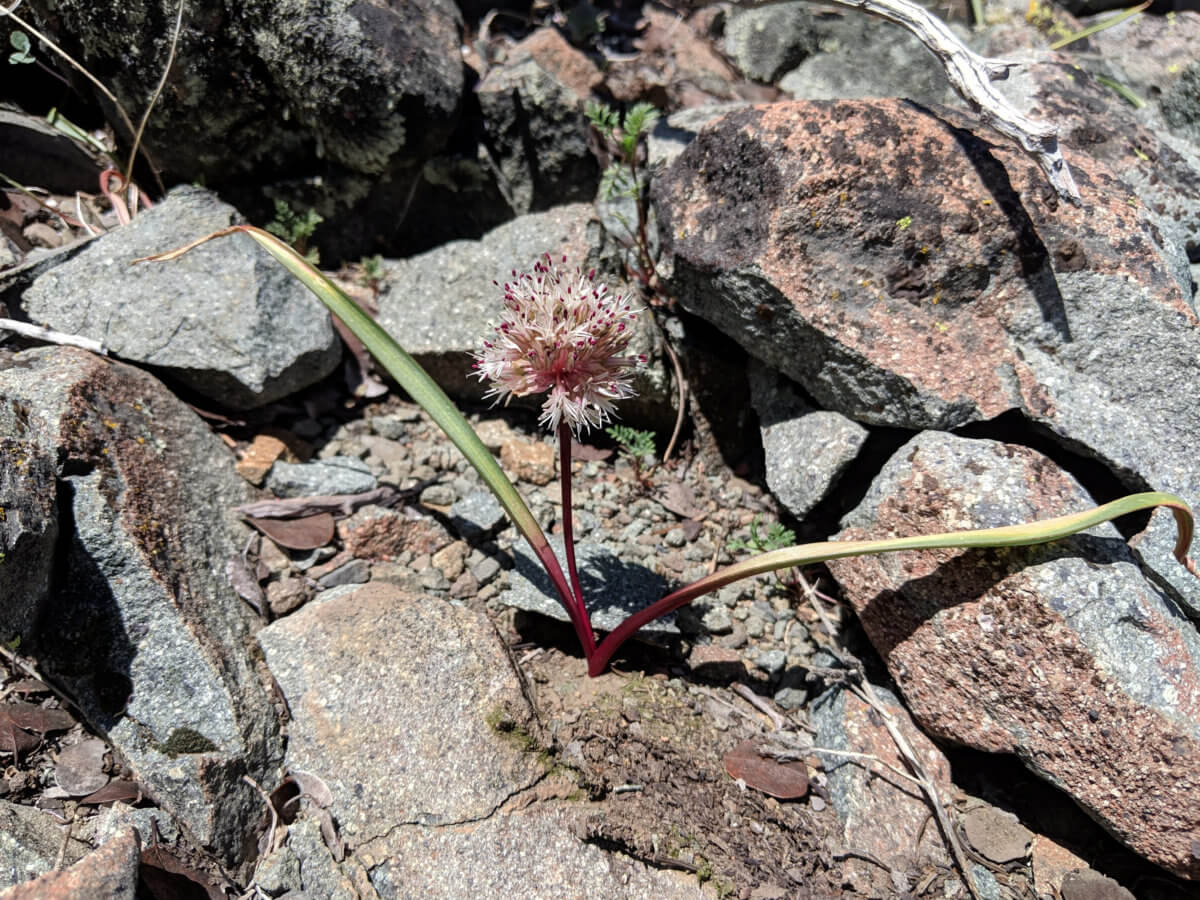
Both peaks are located within a microclimate with higher rainfall than that of the surrounding region, which is increasingly plagued by wildfires, allowing certain species such as this onion to thrive. But because it lives in such a restricted habitat, any change in its environment, from a severe weather event to a disease outbreak, could drive the new-to-science species to extinction.
Academy Curator of Invertebrate Zoology, Dr. Terry Gosliner, discovered 14 new-to-science sea slugs from the Indo-Pacific region. In fact, Dr. Gosliner has described about a quarter of all sea slugs known to science.
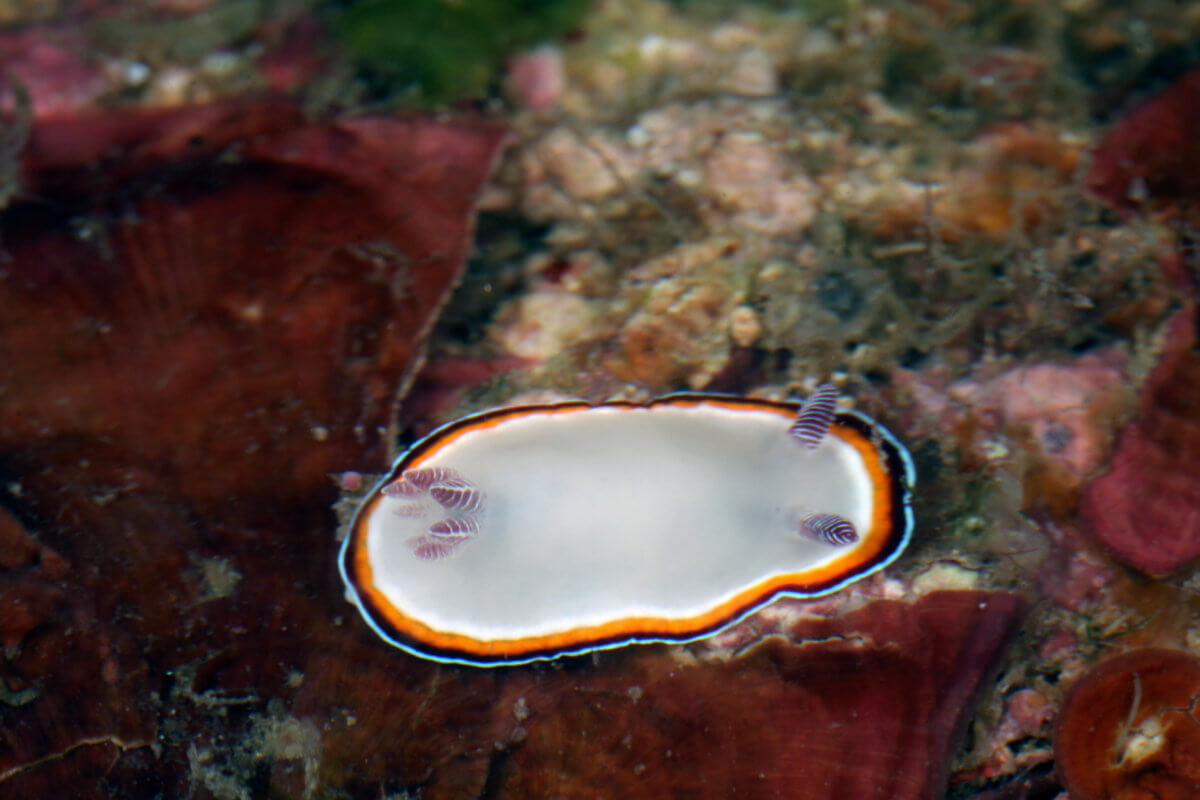
But it wasn’t just the academics who discovered new species. Bay Area high school students Harper Forbes and Prakrit Jain discovered two new-to-science scorpions. Paruroctonus soda and Paruroctonus conclusus are small, desert-dwelling scorpions from the dry, salty lake beds of Central and Southern California.
While P. soda inhabits federally protected land, P. conclusus can only be found on a narrow strip of unprotected land about a mile long and only a few feet wide in some places, making the entire species highly vulnerable to human-driven threats.
“The entire species could be wiped out with the construction of a single solar farm, mine, or housing development,” notes Forbes. “Mapping the biodiversity of a given area can help build the case for why that land should be protected.”
Actenonyx aotearoa Kavanaugh is a beetle found in the Fjordlands of New Zealand’s south Island was also new to science.
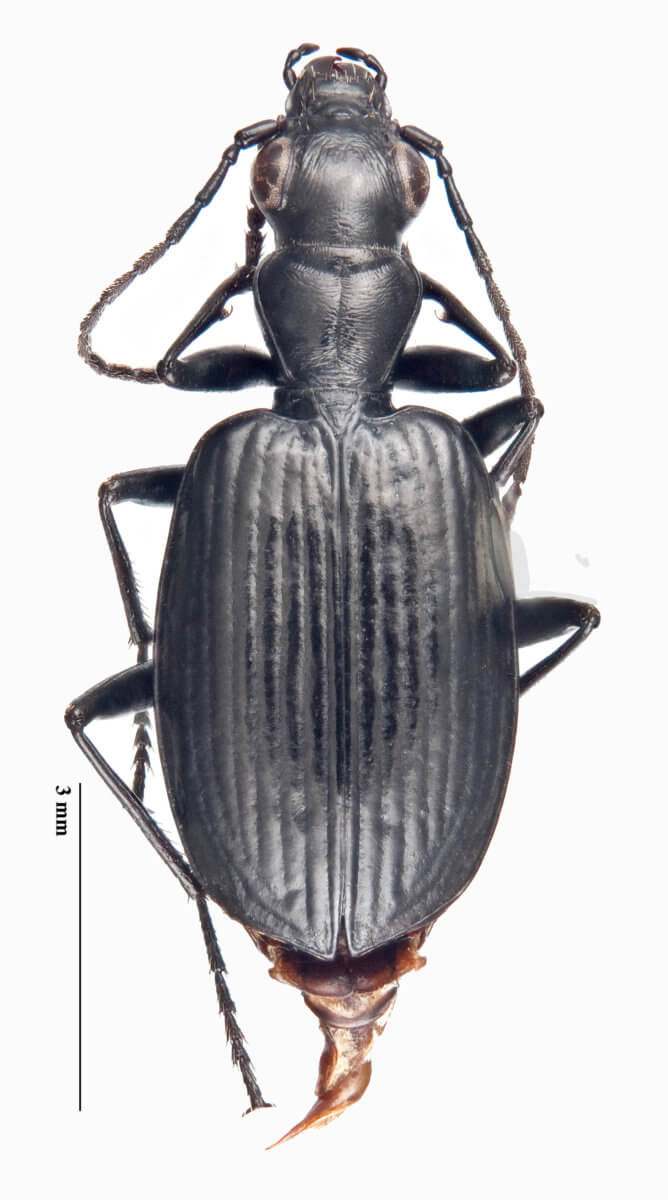
And lastly also new is the beautiful Rose-veiled Fairy Wrasse found in the waters off the Maldives and the first fish there to be described by a local scientist. “It has always been foreign scientists who have described species found in the Maldives without much involvement from local scientists, even those that are endemic to the Maldives,” says Ahmed Najeeb of the Maldives Marine Research Institute.
“This time it is different and getting to be part of something for the first time has been really exciting, especially having the opportunity to work alongside top ichthyologists on such an elegant and beautiful species,” he adds.
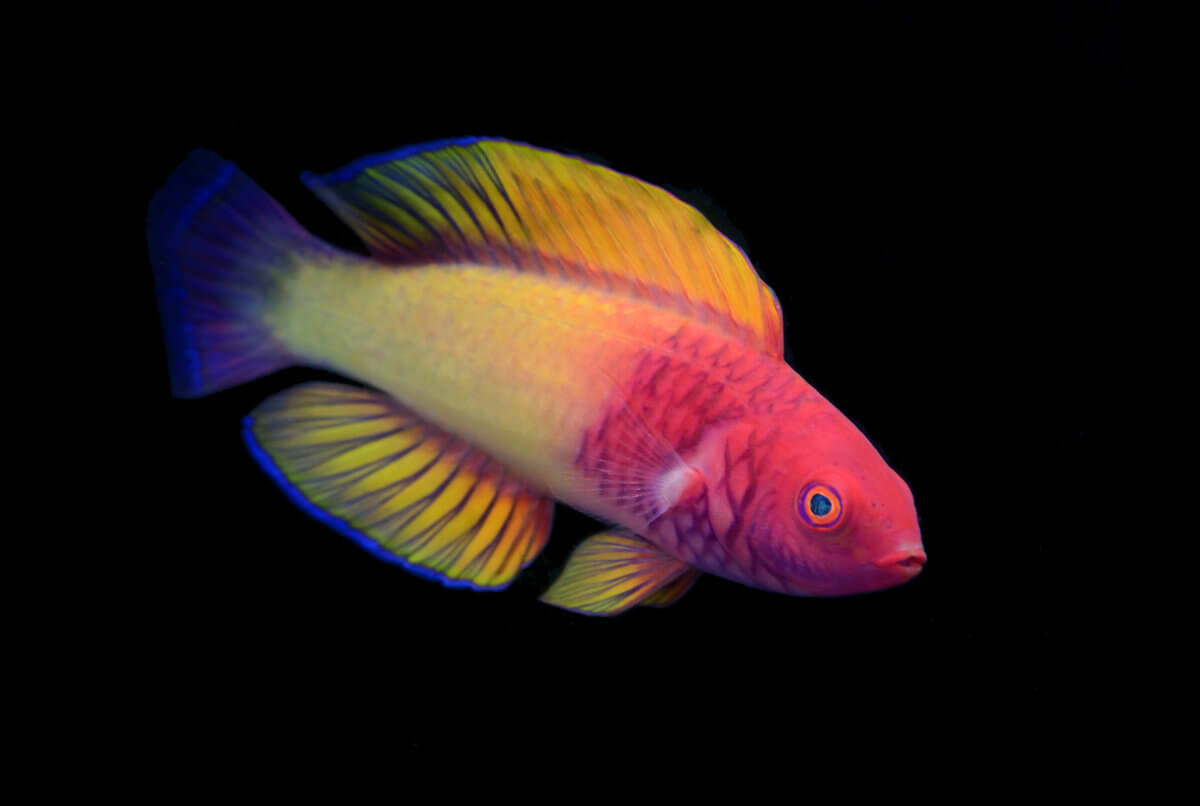
Also discovered was a new-to-science Caliraja genus of skates, sometimes known as flat sharks found off the coast of California.
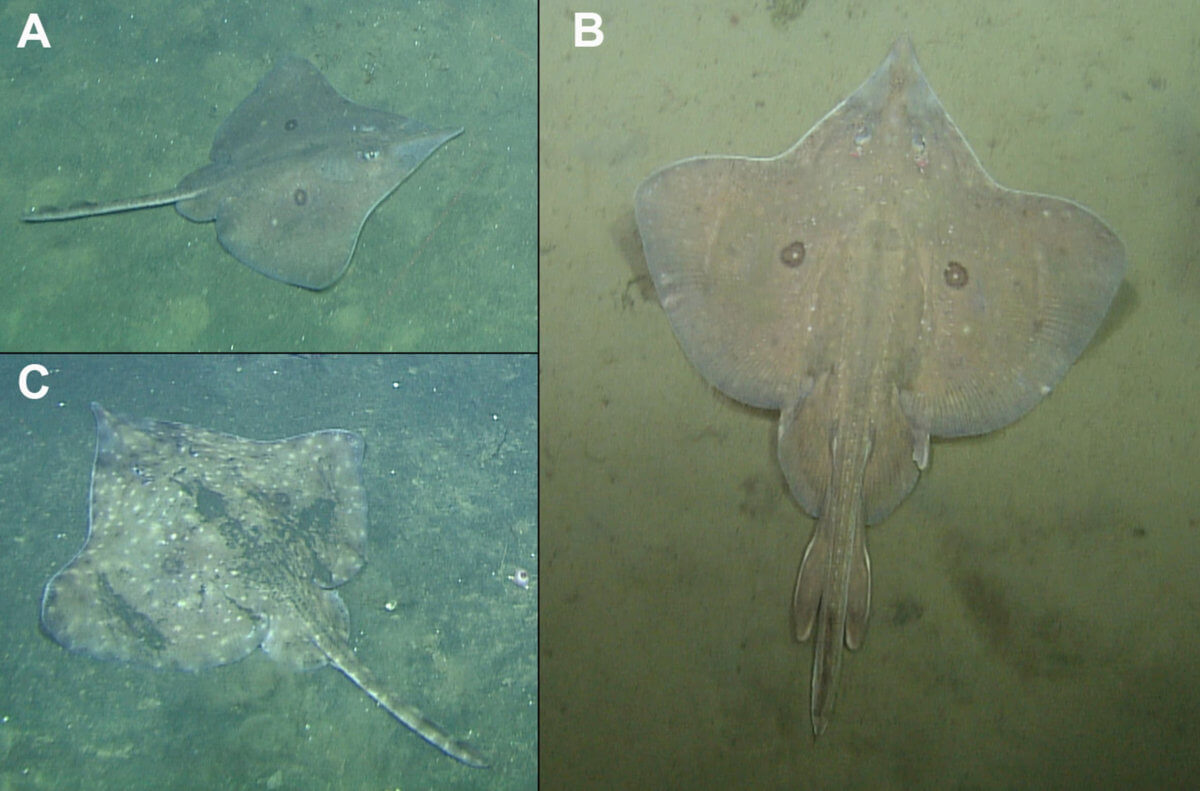
Report by Jim Leffman, South West News Service
